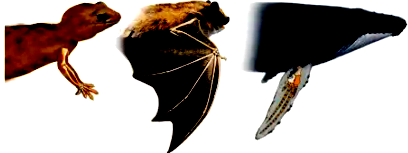
Comparative morphological studies are a type of research that compares the shapes and structures of different species to study their evolutionary relationships. It is an important field of study in evolutionary biology, as it can help to elucidate the processes that have resulted in the current form and function of a species. The study of comparative morphology also helps to fill in gaps in the fossil record and to identify potential homologous structures between species. Comparative morphological studies typically involve the use of a variety of techniques, including X-ray imaging, computer-aided design, and traditional dissections. These techniques can help to reveal the details of an organism’s anatomy, giving researchers a better understanding of how a species has evolved over time.
For example, a study may compare the skulls of different species of primates to see how their features have evolved over time. It can also look at differences between males and females of the same species, such as the size and shape of horns in deer. Comparative morphological studies can also be used to compare the development of traits in different species, such as the size and shape of leaves in different types of trees.
